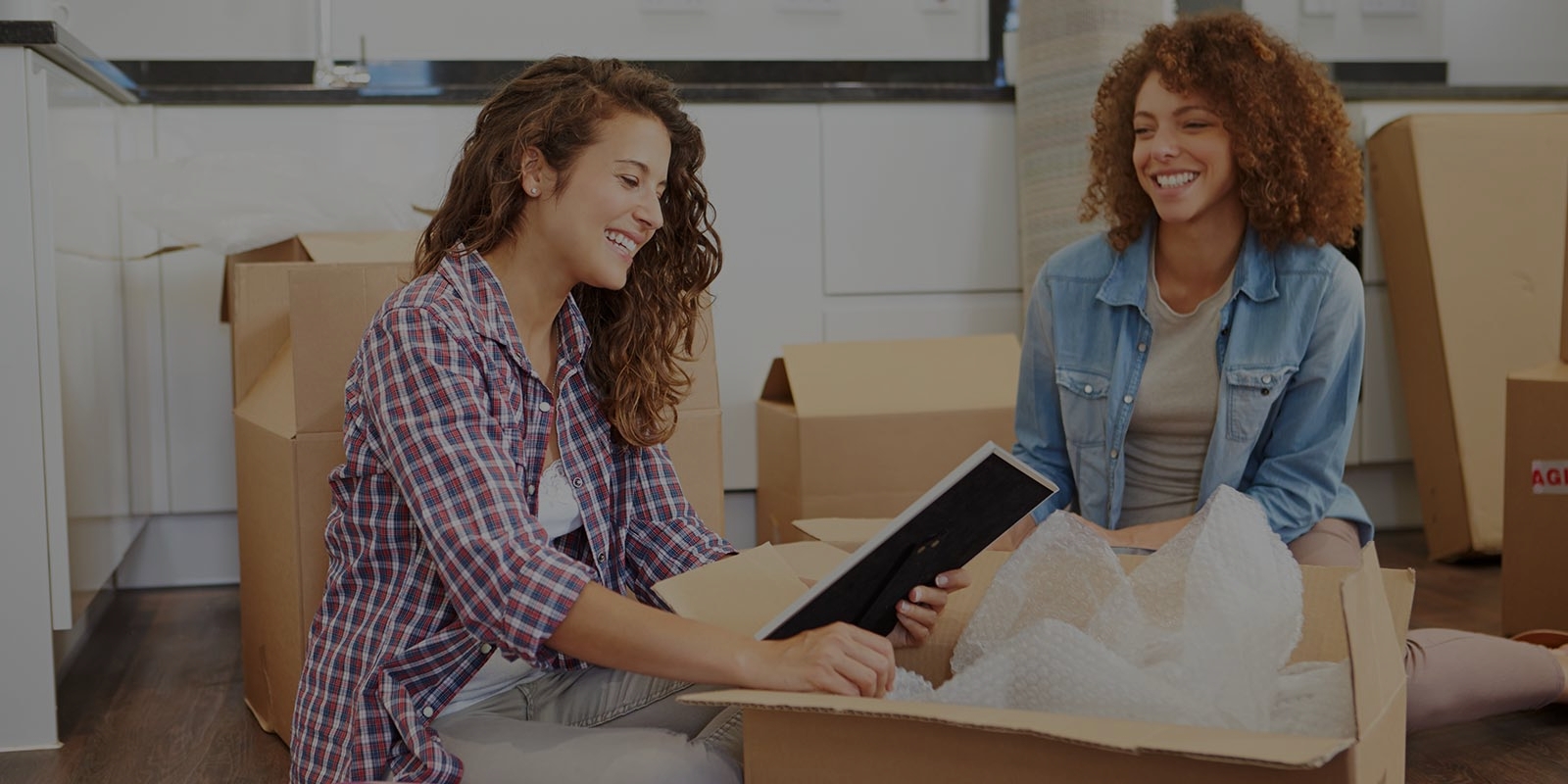Achieving Packing Perfection for a Stress-free Move
Posted on 15/06/2025
Achieving Packing Perfection for a Stress-Free Move: The Ultimate Guide
Moving to a new home is both exciting and daunting. Achieving packing perfection for a stress-free move is an art--and a science. By mastering the best packing strategies, you can significantly reduce moving-day stress, protect your belongings, and settle into your new space with ease. This comprehensive article will walk you through the step-by-step process of packing flawlessly, ensuring your transition is as smooth as possible.

The Importance of Proper Packing for a Seamless Relocation
You may ask: Is packing really that important? Absolutely! The way you pack impacts not only how quickly you unpack, but also the safety of your possessions and your overall moving experience. Perfect packing for moving ensures:
- Your valuables are shielded from damage or loss.
- Unpacking is efficient and organized.
- Transporting items is safer and easier for you or your movers.
Let's dive into the actionable steps that turn chaotic packing into perfected, stress-free moving!
Step 1: Strategic Planning--The Foundation of Packing Perfection
Start Early, Stay Organized
Procrastination is packing perfection's worst enemy! Begin at least 3-4 weeks before your moving date. Early preparation gives you enough time to sort, donate, and pack without last-minute panic.
- Make a checklist: List every room and category of items to be packed.
- Establish a moving timeline: Assign timelines for each packing stage.
- Declutter ruthlessly: Donate, recycle, or discard anything you don't truly need.
Pro tip: Sort items into three categories--keep, donate, discard. This simple method accelerates organization.
Gather Quality Packing Supplies
Using proper packing materials is non-negotiable for achieving stress-free packing perfection. Invest in:
- Sturdy moving boxes in assorted sizes
- Packing tape (get a dispenser for efficiency)
- Bubble wrap, packing paper, or foam peanuts
- Colored markers or labels
- Scissors, box cutters
- Furniture blankets and stretch wrap
- Seal-able plastic bags (for small parts and hardware)
Tip: Always overestimate the number of boxes needed. Better to have extras than scramble for more at the last minute!
Step 2: Room-by-Room Packing for Maximum Efficiency
Master the Art of Sorting and Labeling
Don't mix items from different rooms in a single box. This one tip will revolutionize your unpacking!
- Pack one room at a time: Clearly label each box with the room, contents, and priority (e.g., "Master Bedroom - Linens - Open First").
- Use color-coded labels or tape to designate boxes for each room.
Packing the Kitchen: The Trickiest Room!
Kitchens are notoriously difficult to pack due to fragile dishes, appliances, and countless small items. Here's how to achieve kitchen packing perfection:
- Sort pantry, fridge, and freezer: Use up or donate perishables.
- Wrap glassware and ceramics in bubble wrap or newsprint individually. Never stack unwrapped plates or bowls!
- Seal open bottles with plastic wrap under the lid to prevent spills.
- Label boxes as "Fragile" and specify contents--this helps movers handle with care.
Bedroom, Living Room, and Bathrooms: The Packing Process Simplified
- Wardrobe: Leave clothes on hangers and use wardrobe boxes, or group in large garbage bags for short moves.
- Bedding and towels: Pack in clear plastic bags. These make great "soft" padding for breakables in other boxes.
- Books and decor: Pack books flat in small boxes. Wrap decorative items in packing paper for protection.
- Bathroom essentials: Place toiletries in sealed plastic bags to prevent leaks. Keep a "first day" box with essential toiletries for each family member.
Remember: Heavier items go in smaller boxes. Lighter items can fill larger boxes.
Step 3: Optimal Packing Techniques for Stress-Free Moving
Layering and Cushioning: The Secret to Damage-Free Belongings
- Start with a padding layer: Use packing paper, towels, or bubble wrap at the bottom of every box.
- Wrap each item individually: Especially important for dishes, glassware, and electronics.
- Fill in gaps: Use crumpled paper, towels, or soft clothing to prevent shifting during transit.
- Seal and reinforce each box: Double-tape the bottoms and avoid overfilling.
Special Care for Fragile or High-Value Items
For artwork, electronics, antiques, or sentimental objects:
- Use specialty moving boxes: Purchase TV, picture, or dish pack boxes for tailored protection.
- Disassemble and keep hardware secure: Place screws and bolts in labeled zippered bags taped to the relevant item.
- Take photos of complex setups: Snap pictures of electronics before unplugging for easier reassembly.
Insurance tip: Take inventory photos and consider moving insurance for high-value belongings.
Step 4: Efficient Loading--Arranging Boxes for a Smooth Move
Guidelines for Hassle-Free Truck or Car Loading
- Load heaviest boxes and furniture first: Place these at the bottom and towards the back of the truck for stability.
- Light, breakable, and vital items: Load last, so they're first out and easy to access at your new place.
- Stack boxes by weight and room: Ensure nothing fragile gets squashed!
Don't forget: Keep an "essentials" box with chargers, medications, snacks, and paper goods. You'll need these immediately on arrival.
Step 5: Unpacking for a Seamless, Calm Transition
Unpacking Methodically: What Comes First?
- Essentials first: Set up beds, toiletries, day-one kitchen items, and chargers right away.
- One room at a time: Use your organized labels and color codes to guide you, avoiding clutter in every room.
- Dispose of packing materials as you go: This keeps your new home organized and stress-free.
Remember: Packing perfection isn't only about leaving your old home efficiently--it's about arriving ready to enjoy your new one!
Expert Tips for Packing Perfection and a Truly Stress-Free Move
Bonus Advice from Professional Movers
- Buy more packing materials than you think you'll need: Running out increases stress at the worst possible moment.
- Label "Open First" boxes: Mark boxes with items you'll need immediately at your new place.
- Photograph valuables and their conditions: This is vital for insurance claims in rare cases of damage.
- Use original packaging: For TVs, computers, and other electronics, reuse the manufacturer's box if available.
- Take a deep breath and pace yourself: Moving is a major life event, not a sprint!
Common Packing Mistakes to Dodge on Moving Day
- Overfilling boxes: This risks damage to contents and injury when lifting.
- Ignoring labeling: Unmarked boxes turn unpacking into chaos. Always mark them with room, contents, and handling instructions.
- Packing flammable or hazardous materials: These should be disposed of properly, not packed.
- Forgetting to pack an overnight bag: You'll thank yourself when you're too tired to dig through boxes after the move!

Eco-Friendly and Budget-Friendly Packing Perfection
Going Green While Moving
- Reuse sturdy boxes from local stores or friends.
- Repurpose towels, linens, and clothes as packing padding: This eliminates waste and cuts down on supplies cost.
- Recycle boxes and paper after moving: Find local collection points for eco-responsibility.
Saving Money With Smart Packing Choices
- Use suitcases, duffel bags, and baskets for packing: These give extra structure and reduce the number of boxes needed.
- Borrow instead of buy: See if neighbors or community networks have supplies to lend.
- Sell or donate surplus after moving: Unused items or packing materials can help others--and, in some cases, earn you extra cash.
Creating a Stress-Free Move Every Time: Final Thoughts on Packing Perfection
By following these detailed tips and applying strategic organization, achieving packing perfection for a stress-free move is within your reach. Every hour spent preparing--sorting items, labeling boxes, choosing the right materials--directly translates to a smoother, happier arrival in your new home. Whether you're moving across town or across the country, the journey becomes lighter and more joyful when your possessions are secure, your plan is clear, and your stress is managed.
Remember: Perfect packing is not just about boxes and tape; it's about starting the next chapter of your life with confidence, calm, and peace of mind. Happy moving!
Frequently Asked Questions About Packing Perfection
- Q: How early should I start packing for a move?
A: Begin planning 4 weeks ahead, and start packing non-essentials at least 3 weeks before moving day. - Q: What is the best way to pack electronics?
A: Use original packaging, coil cables separately, and photograph wiring setups before disassembly. - Q: How do I move with minimal stress?
A: Stay organized, label everything, ask for help, and accept that not everything will go perfectly--flexibility is key!
For more expert tips on achieving packing perfection for a stress-free move, bookmark this page and share it with friends planning their next move!







